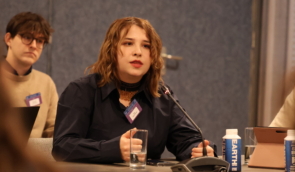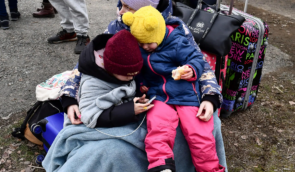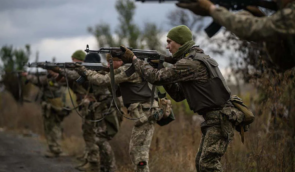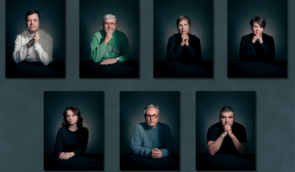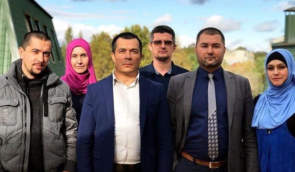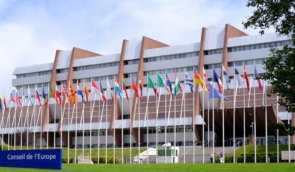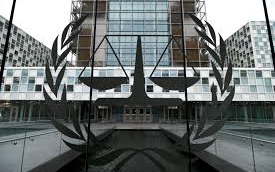Torture in Russian-occupied Ukraine was deliberate and increasingly systematic, with many civilians tortured to death
Ukrainian enforcement officers have exhumed the body of a civilian tortured to death by the Russians while Kherson was under occupation. Since the invaders are known to have set up at least twenty makeshift prisons in Kherson and Kherson oblast where they subjected civilians to horrific torture, there are likely to be more such discoveries.
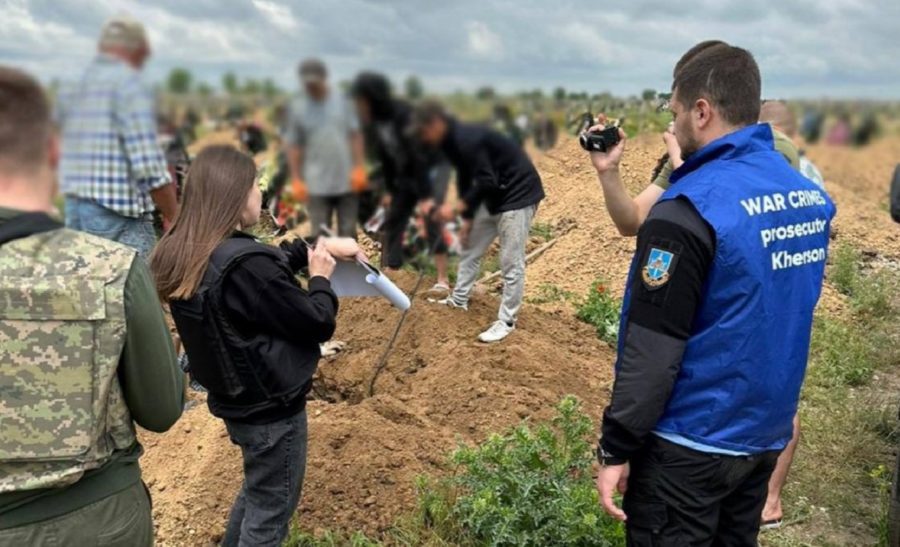 The body exhumed last week in Kherson oblast
The body exhumed last week in Kherson oblastThe Kherson Regional Prosecutor’s Office reported on 31 May that the dead man, whose name is not given, was a local resident who was abducted by the invaders in the Spring of 2022. He was thrown into a basement that the Russians were using to imprison and torture civilians. According to preliminary information, the man was tortured for two weeks, with torture the direct cause of his death. They had clearly received information as to where the body was buried, and say that even from a superficial inspection, it is evident that the victim had suffered multiple injuries, including broken ribs. The body has been sent for a proper forensic examination, and proceedings initiated under Article 438 of Ukraine’s Criminal Code, i.e. war crimes.
As many as 63 bodies, many showing evident signs of torture, had been discovered within days of Kherson’s liberation on 11 November 2022, as had the first prisons used for torturing civilians. By the beginning of 2023, the Kherson Regional Prosecutor’s Office had reported that at least 474 civilians were still held in Russian captivity, with the overall number of people abducted standing at over 1100. Within a month or two or Russia’s invasion of Kherson oblast, they had tortured to death at least two men: Denis Myronov and Vitaliy Lapchuk. The abductions continued until the last days of the Russian’s occupation of Kherson and have continued in other parts of Kherson oblast still under the Russians’ control. On 28 November, the bodies were found in a forest near Nova Khakhovka, of Anatoliy Prokopchuk, an evangelical deacon from Nova Kakhovka, and his son, Oleksandr. It is known that the Russians held some children, as young as 14, in their ‘prisons’.
Both Ukrainian and international human rights activists or investigators have spoken with people who were seized and tortured by the Russians, or with the families or those who disappeared. Global Rights Compliance , an international human rights law firm, reported at the beginning of March that over one thousand victims of the Russians’ torture chambers had submitted statements, describing the use of beatings, electric currents; waterboarding and other forms of torture. The Foundation noted that the evidence gathered so far demonstrates that “torture chambers were planned, and directly financed by the Russian State Torture centres are part of Putin’s calculated plan to terrorise, subjugate and kill Ukrainian resistance.”
“Those incarcerated included anyone who had a connection with the Ukrainian state or civil society – ranging from military and civil servants to journalists, teachers and community volunteers. Many victims reported being randomly stopped on the streets and detained for holding ‘pro-Ukrainian’ material on their phones.”
Jordash is clear that Russian president Vladimir “Putin’s plan is to occupy Ukraine, subjugate the Ukrainian population to Russian rule and destroy Ukrainian identity. <> The mass torture chambers, financed by the Russian State are not random but rather part of a carefully thought out and financed blueprint with a clear objective to eliminate Ukrainian national and cultural identity. The torture centres are the tip of the iceberg in Russia’s inherently criminal plan to subjugate or destroy Ukrainians.”
In its report on Russia’s use of torture while occupying Kherson, Human Rights Watch stresses that “it is a war crime to wilfully mistreat, torture, or kill civilians or captured combatants, to wilfully cause great suffering or serious injury, or to unlawfully deport or transfer them.” Russia has been carrying out all of these war crimes in any part of Ukraine that came under Russian control. It has also been bombing and shelling clearly civilian targets, including some that are under special protection, such as medical institutions.
Ukraine’s ZMINA Human Rights Centre analysed date, the results of interviews, etc. from parts of Kyiv, Kharkiv and Kherson oblasts which had been liberated after months of Russian occupation. One disturbing finding was that the level and savagery of the torture applied was not dependent on which particular Russian unit was deployed, but rather on how long an area had been under Russian occupation. ZMINA noted that the Russians had initially tortured ‘randomly’, however later established a system of torture. The Russians view the entire population as a threat and carry out mass abductions, interrogations and torture as part of a systematic policy of crushing any dissent in occupied parts of Ukraine.
Source: Human Rights in Ukraine – the information portal of the Kharkiv Human Rights Protection Group
If you have found a spelling error, please, notify us by selecting that text and pressing Ctrl+Enter.



